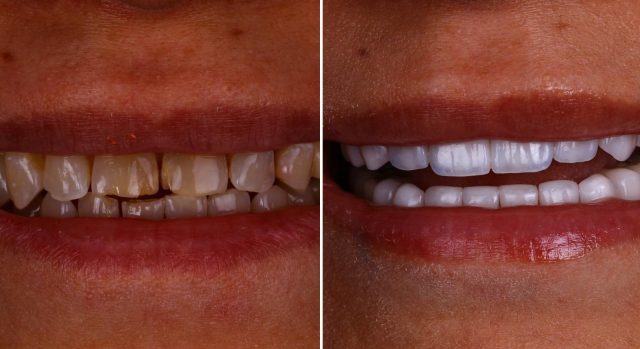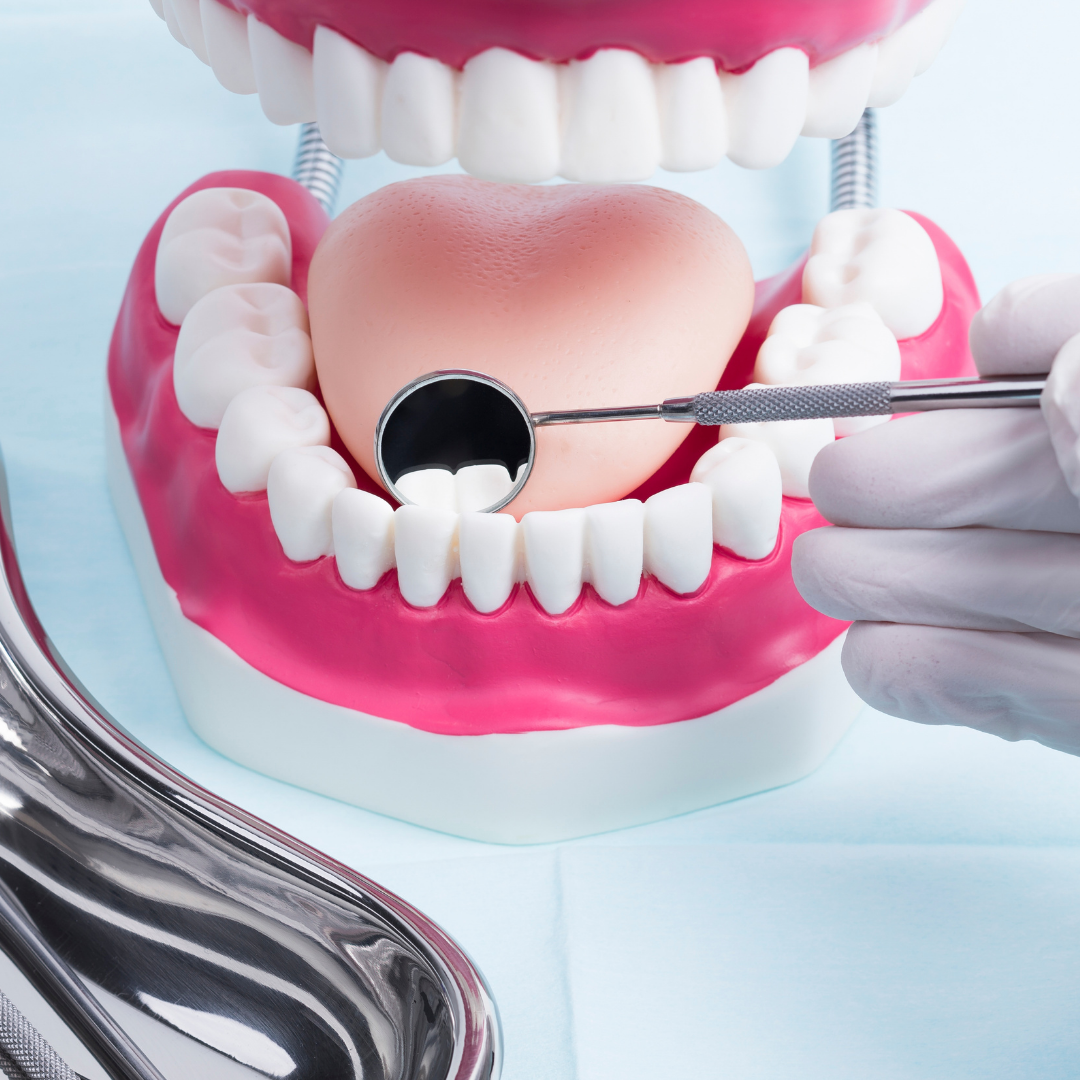What Does Dental Surgery Include?
Impacted teeth should be surgically removed when they cause pain, infection, are in a position that will damage adjacent tissues, or when pathology is clinically and radiologically detected in the area where they are located. If cysts and tumors are detected clinically and radiologically in the jawbone and soft tissues, they should be surgically removed because they will damage the adjacent anatomical structures of the jawbone. In areas where tooth extraction has been performed for any reason, if there is bone irregularity and/or abnormally developed soft tissue before prosthesis construction; existing bone disorders should be corrected and/or abnormally developed soft tissues should be removed. Lesions that occur at the root ends of teeth as a result of infection and do not exceed 1/3 of the tooth root should be removed with a procedure called "root end resection" after it is decided to keep the tooth inside. Jaw fractures that occur due to various reasons such as accidents, fights, falls, sports injuries, various bone diseases, etc. should be treated as soon as possible to regain function and aesthetics and prevent possible infections. Jaw shape disorders that occur as a result of various syndromes or traumas should be treated with the patient's consent if they cause functional problems in the patient. In aesthetic problems, treatment depends on the patient's request. The procedures mentioned above can usually be performed under local anesthesia with conscious sedation or, if necessary, under general anesthesia. Since general anesthesia and sedation applications will be performed by anesthesiology physicians, information on related topics will be provided by the subject matter expert.

Frequently Asked Questions
Dental surgery refers to any surgical procedure performed on teeth, gums or other oral tissues. It can range from simple procedures such as tooth extraction and gum surgery to more complex procedures such as dental implants and corrective jaw surgery.
Most dental surgeries are performed under local anesthesia, which numbs the area being operated on and minimizes pain. However, some discomfort and pain may be experienced after surgery and pain medications may be prescribed to manage this.
The duration of dental surgery depends on the type of procedure being performed. Simple procedures such as tooth extraction may only take a few minutes, while more complex procedures such as dental implants may take several hours.
Recovery time from dental surgery varies depending on the type and complexity of the procedure. Simple procedures such as tooth extraction may only require one or two days of rest, while more complex procedures such as jaw surgery may require several weeks of recovery time.
Like any surgical procedure, dental surgery carries some risks such as infection, bleeding and nerve damage. However, these risks can be minimized by choosing an experienced and qualified dentist and following all instructions before and after surgery.
Yes, dental surgery can be performed under sedation or general anesthesia depending on the type and complexity of the procedure and the patient's health condition and preferences.
The cost of dental surgery varies depending on the type and complexity of the procedure as well as the location and expertise of the dental surgeon. Patients should consult their dentists or surgeons to get an accurate cost estimate.
Patients should avoid eating or drinking anything a few hours before impacted tooth surgery to prevent complications during the procedure. The dental surgeon will provide specific instructions on when to stop eating and drinking before surgery.
During dental surgery, the patient will be given local anesthesia to numb the area being operated on. The surgeon will then perform the necessary procedure and the patient may hear some sounds or feel pressure during the procedure. The patient will then be given instructions for post-surgical care.
During cyst-tumor removal surgery, the patient is given anesthesia to numb the area being operated on and the surgeon removes the cyst or tumor and repairs the affected area, which may require sutures. The patient will then receive instructions for post-surgical care, including pain management and infection prevention. Follow-up appointments may be necessary to monitor healing and prevent complications.

